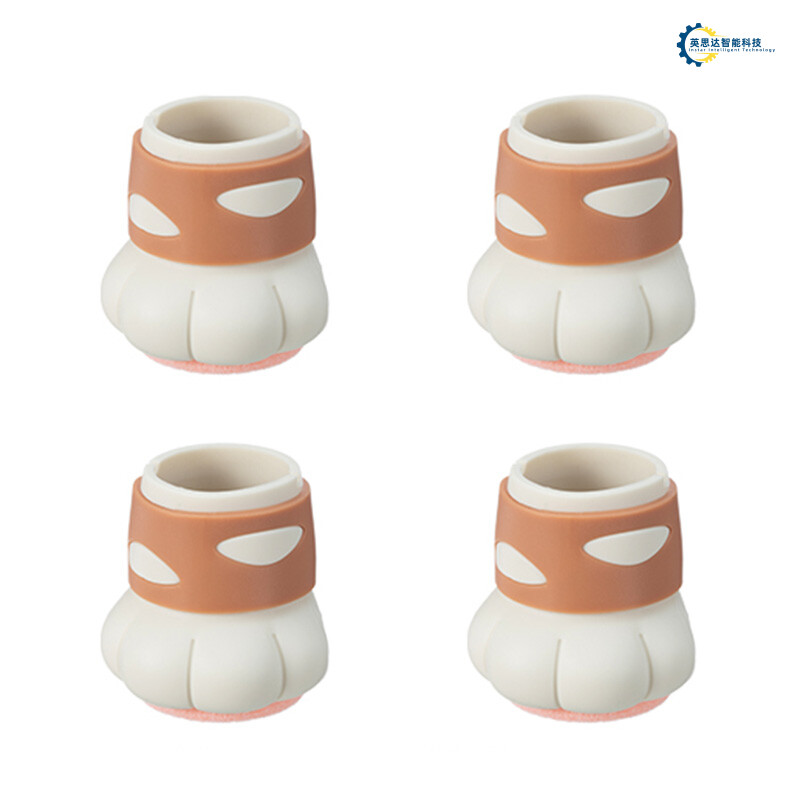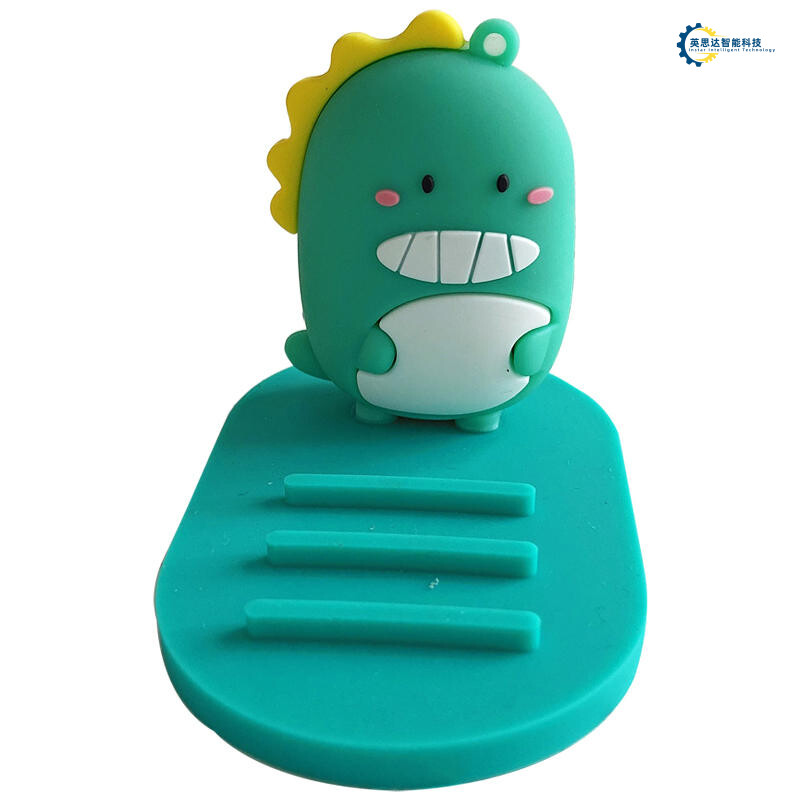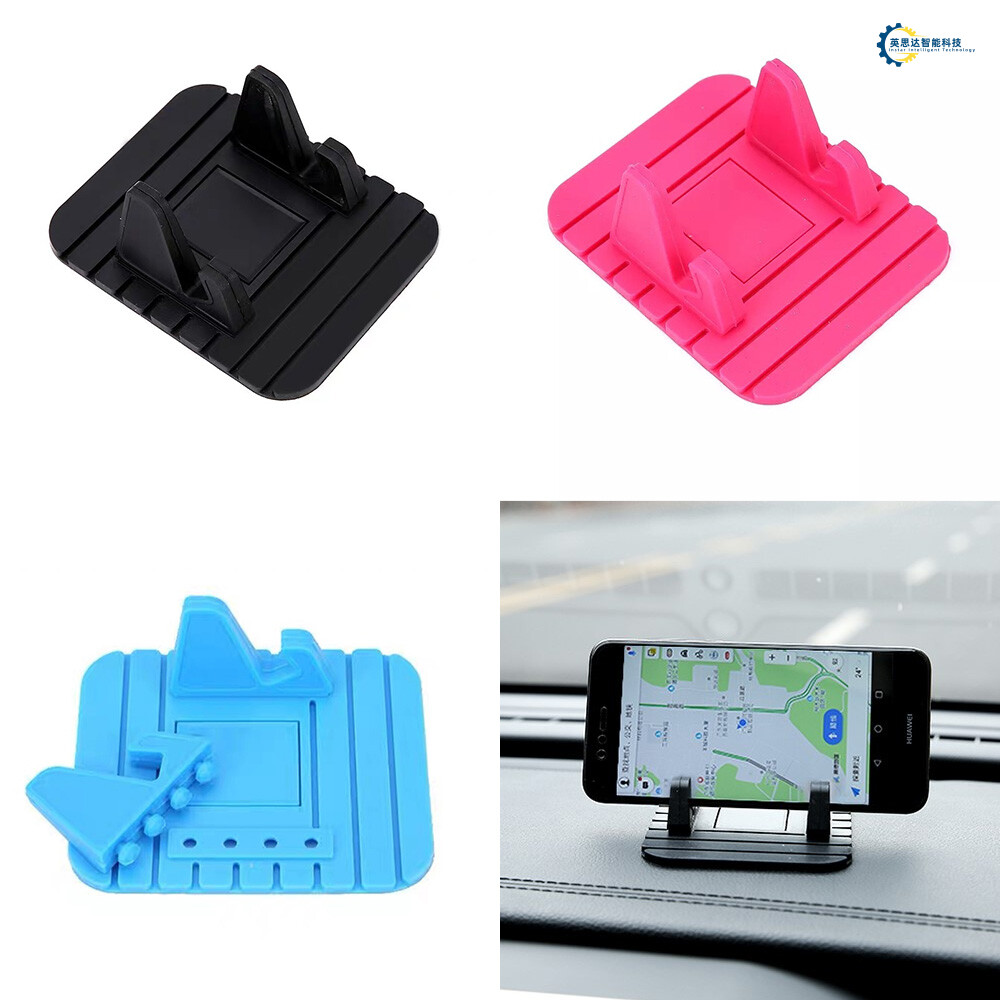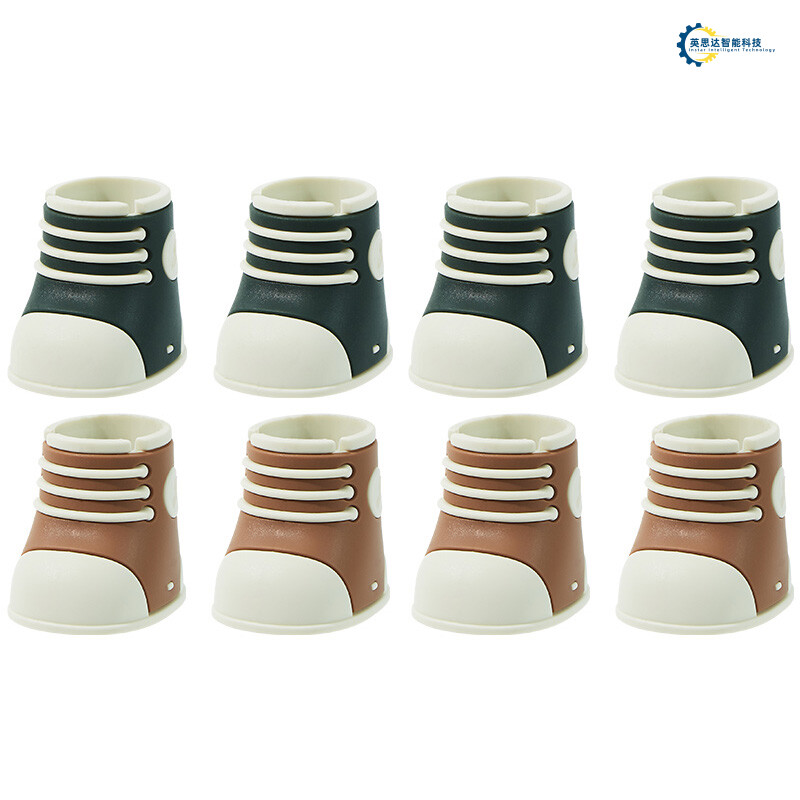Key Takeaways
Let’s face it: garment embossing machines are basically the superheroes of the fashion world—minus the capes (though maybe they deserve one). Imagine a machine so precise it could stamp a 3D silicone logo onto a pair of jeans while simultaneously solving your unresolved trust issues. That’s the magic of PID temperature control, which keeps things hotter than your last summer fling but never burns the fabric. Pair that with hydraulic precision (±0.05mm), and you’ve got a machine that’s more accurate than your aunt’s unsolicited life advice.
Now, let’s talk dual-station efficiency. Think of it as the multitasking parent of embossing tech—stamping logos on one side while prepping the next design, all without spilling its coffee. And yes, eco-friendly silicone transfer means you can finally tell your hipster friends your jeans are saving the planet. PLC automation? That’s the machine’s way of saying, “I got this, human—go binge that show you love.”
Whether you’re crafting sportswear that survives CrossFit meltdowns or jeans that outlast relationships, these machines are here to make your designs stick—literally. Just don’t ask them to do your taxes. Yet.

Smart Hydraulic Embossing Systems Comparison
Let’s face it: comparing smart hydraulic embossing systems is like arguing over which superhero has the coolest cape—except here, the capes are made of PID temperature control and hydraulic precision sharper than your aunt’s comments at Thanksgiving. These machines aren’t just “press here, hope for the best” gadgets. Oh no. They’re the overachievers of the garment world, boasting ±0.05mm accuracy—a tolerance so tight, it makes your gym’s “no jeans allowed” rule seem downright flexible.
So, what’s the tea? Hydraulic pressure control splits systems into two camps: the “I-need-a-coffee” manual adjusters and the “I’ve-got-this” automated PLC-driven models. The latter are basically the Hermione Grangers of embossing—swift, precise, and slightly smug about their energy-saving algorithms. Meanwhile, dual-station models work like a caffeinated octopus, stamping logos on jeans and sportswear simultaneously. Imagine a machine that multitasks better than you while binge-watching Netflix. Resentment optional.
But here’s the kicker: PID temperature systems ensure your 3D silicone logos don’t end up looking like melted crayon art. One wrong degree and poof—your edgy brand logo becomes abstract modern art. And let’s not forget the eco-friendly silicone transfer tech, which recycles excess material faster than your dog “recycles” leftovers from the trash.
Pro tip: If a machine claims “hydraulic precision” but can’t handle a rogue thread, it’s about as reliable as a weather app. Stick to brands that treat 0.05mm tolerance like a sacred vow—not a suggestion.
Now, who’s ready to geek out over dual-station efficiency? (Don’t worry, we’ll bring snacks.)

Dual-Station Efficiency in Logo Pressing Tech
Imagine a garment embossing machine that works like a caffeinated octopus with two stamping arms—except less slimy and way more precise. That’s dual-station efficiency for you. Why settle for stamping one sad logo at a time when you can double the drama? These machines are the overachievers of the textile world, slapping 3D silicone logos onto jeans and sportswear faster than a toddler discovering a sticker book.
Here’s the magic: while Hydraulic Precision (±0.05mm) ensures your logo isn’t lopsided enough to trigger obsessive-compulsive meltdowns, the twin stations pull off a tag-team routine. One station preps the fabric, the other stamps it—like a well-rehearsed Broadway duo, minus the jazz hands. And thanks to PLC automation, this ballet of efficiency doesn’t even need coffee breaks. (Take notes, humans.)
But wait, there’s more! Dual stations mean zero downtime between cycles. It’s the industrial equivalent of eating a burger while fries cook—multitasking without the grease burns. Brands love it because energy-saving production keeps costs lower than a limbo champion, and the eco-friendly silicone won’t haunt Mother Nature’s dreams.
So, if your logo-pressing workflow still runs on “one at a time” logic, it’s time to upgrade. Think of dual-station tech as the gym buddy who spots you and cheers—except this one actually shows up.

PID Temperature Control for Precision Stamping
Imagine a PID temperature control system as the Goldilocks of the embossing world—obsessed with finding the “just right” zone between “melted mess” and “uncooked disaster.” This tech doesn’t just manage heat; it micromanages it like a sous chef with a thermometer, screaming, “±1°C accuracy or bust!” By constantly tweaking proportional, integral, and derivative values (fancy math for “panic adjustments”), it ensures your silicone logos don’t end up looking like abstract art.
Why does this matter? Because 3D silicone logos on your favorite jeans aren’t just slapped on—they’re baked into existence. Too hot? Your logo becomes a puddle. Too cold? It’ll peel faster than a sunburned tourist. The PID system laughs at old-school dial knobs, using thermocouple sensors to spy on heat levels like a nosy neighbor. It even compensates for rogue variables—like that intern who keeps opening the factory door “for fresh air.”
And here’s the kicker: this tech is sneakily eco-friendly. By avoiding temperature tantrums, it slashes energy waste, making Mother Nature do a little happy dance. So next time you rock those sportswear logos, thank the PID overlords—because precision isn’t just a goal, it’s a drama-free lifestyle.

Eco-Friendly Silicone Transfer Machine Benefits
Let’s talk about saving the planet—one sparkly jean logo at a time. Eco-friendly silicone transfer machines are like the superheroes of the garment world, swooping in to rescue Mother Earth from the clutches of toxic glues and energy-guzzling dinosaurs. These bad boys ditch the nasty chemicals for water-based silicone that’s so clean, you could almost mistake it for kombucha (though I wouldn’t recommend drinking it).
What’s the secret sauce? PID temperature control ensures the machine doesn’t throw a tantrum, heating up just enough to melt silicone into sharp 3D logos without roasting your energy bill. And hey, with hydraulic precision (±0.05mm), even the pickiest designer won’t complain about crooked rhinestones on their yoga pants.
“Why settle for ‘meh’ when your logos can outlast the apocalypse?” – A wise factory manager who probably owns 10 pairs of indestructible gym shorts.
But wait, there’s more! Dual-station efficiency means swapping designs faster than a TikTok trend, while PLC automation turns your operators into coffee-sipping supervisors. Bonus: these machines are quieter than your office printer, so no more awkward “IS THIS THING ON?!” mid-meeting meltdowns.
So, if you’re tired of your logo press doubling as a fossil fuel tribute band, it’s time to go green. Your jeans—and your conscience—will thank you.
Automated PLC vs Manual Embossing Workflows
Picture this: a manual embossing machine operator, let’s call him Bob, chugging his third coffee while eyeballing pressure gauges like they’re hieroglyphics. Meanwhile, across the factory floor, the PLC automation system sips metaphorical margaritas, casually executing hydraulic precision (±0.05mm) stamping while streaming a podcast. Automation vs manual workflows? It’s like pitting a self-driving Tesla against a horse-drawn carriage with a stubborn mule.
With PLC-controlled machines, consistency isn’t just a buzzword—it’s a robotically enforced reality. These systems laugh in the face of human error, delivering silicone logos so crisp they could double as cereal box prizes. Manual setups? They’re the “hold my beer” of apparel decoration. One shaky hand, and suddenly your 3D sportswear logo looks like it survived a blender.
But let’s not trash-talk tradition entirely! Manual workflows have charm—like accidentally inventing abstract art when the PID temperature control goes rogue. Plus, there’s the thrill of guessing if today’s batch will pass quality checks or become “mystery merch” for the break room.
Here’s the kicker: energy-saving production isn’t just eco-friendly—it’s cheaper. Automated systems cut power bills faster than Bob sneaks out for smoke breaks. And while manual might win points for nostalgia, dual-station efficiency turns 8-hour jobs into 30-minute TikTok breaks.
So, which wins? If you enjoy adrenaline rushes (and occasional chaos), stick with manual. If you’d rather your jeans embossing machine not moonlight as a modern art project, maybe let the PLC take the wheel. Just don’t tell Bob.

3D Logo Durability in Sportswear Applications
Let’s face it: sportswear logos endure more drama than a reality TV star. Between sweat tsunamis, washing machine spin cycles that rival tornadoes, and fabric stretches that would make a yoga instructor jealous, your average logo might as well wave a white flag. But 3D silicone logos? These bad guys laugh in the face of adversity. Imagine a tiny hydraulic precision-stamped superhero, flexing its indestructible ridges while your gym shorts survive their 50th laundry day meltdown.
Why do these logos stick around like that one friend who won’t leave the party? It’s all thanks to PID temperature control—the unsung hero that ensures the silicone cures like a stubborn glue-and-glitter craft project. No peeling, no cracking, just a logo that clings tighter than a koala to a eucalyptus tree. And let’s not forget the eco-friendly silicone formulas, which are tougher than a toddler’s “why?” phase but gentler on the planet.
Whether you’re sprinting, squatting, or accidentally testing your gear in a washing machine rebellion, these logos stay crisp. Heck, they’ll probably outlast the fabric itself. (RIP, favorite hoodie.) So next time you suit up, remember: your sportswear isn’t just stylish—it’s armored with durable 3D tech that’s ready for your chaos.
Hydraulic Precision (0.05mm) Performance Review
Let’s talk about hydraulic systems in embossing machines—because who doesn’t love a gadget that squeezes fabric with the finesse of a neurosurgeon? Imagine trying to stamp a 3D silicone logo onto jeans using a machine with the precision of a toddler wielding a crayon. Disaster, right? Thankfully, modern hydraulic embossing tech laughs in the face of chaos, delivering stamping accuracy tighter than your gym shorts after Thanksgiving dinner (±0.05mm, to be exact).
How does it work? Think of it as a high-stakes ballet between pressure plates and silicone molds. The machine’s hydraulic pump applies force smoother than a buttered pancake, ensuring every logo pops with crisp edges and zero "oops-I-slipped" moments. For comparison:
| Feature | Hydraulic Machine | Manual Press |
|---|---|---|
| Precision | 0.05mm (ninja-like stealth) | ±2mm (toddler approximation) |
| Consistency | 98% repeatability | "Eh, close enough" vibes |
| Speed | 120 stamps/hour | 30 stamps/hour + caffeine breaks |
| Frustration Level | Zen garden | Office printer rage |
But here’s the kicker: this hydraulic wizardry isn’t just about avoiding wonky logos. It’s also energy-efficient, sipping power like a polite tea drinker while manual systems guzzle it like a dehydrated camel. Plus, with PID temperature control (yes, that’s a thing), the machine won’t accidentally turn your sportswear into a melted cheese art project.
So, if you’re tired of logos that look like they survived a tornado, maybe it’s time to let hydraulics do the heavy lifting. Your jeans—and your sanity—will thank you.

Top Brands for Jeans Embossing Machine Solutions
When it comes to turning denim into disco-worthy art, not all machines are created equal—some brands just stomp harder. Let’s talk about the denim decorators making waves. First up, DenimWiz ProSeries: imagine a machine that’s part hydraulic ninja, part temperature-control wizard. Their PID-regulated heaters ensure your logo doesn’t melt into a sad pancake, while their 0.05mm precision guarantees even the pickiest牛仔 (that’s “jeans” in Chinese, but you knew that) won’t throw a fit. Then there’s StompMaster X9, the overachiever with dual-station efficiency—because why press one pair of jeans when you can crush two? Rumor has it their hydraulic system runs on espresso shots.
But wait, EcoSquish 3000 deserves a shoutout for making Mother Nature smile. Their eco-friendly silicone transfers are so green, they probably photosynthesize. And let’s not forget JeanGenie, the brand that lets you automate like a lazy genius. Their PLC systems are so smart, they’ll probably start writing this article next. Pro tip: if your embossing machine doesn’t have a name like “Denim Destroyer,” are you even trying? Just remember, folks: in the world of jeans branding, it’s not a logo—it’s a 3D silicone mic drop. Now go forth and stamp responsibly.
Conclusion
So, you’ve made it to the end—congrats! If this were a marathon, you’d be sipping electrolyte gel while your competitors wonder why their 3D silicone logos look like melted crayon art. Let’s face it: smart garment embossing machines are the unsung heroes of the fashion world. They’re like the Swiss Army knives of apparel branding, minus the awkward pocket bulge.
Imagine a machine so precise it could stamp a durable logo onto a grain of rice—if jeans suddenly demanded haute couture for rodents. With hydraulic precision tighter than your gym buddy’s post-workout selfie angles, these gadgets ensure every design stays sharper than a TikTok roast. And let’s not forget the eco-friendly tech—because saving the planet while bedazzling denim is basically superhero behavior.
Sure, manual embossing is like trying to text with mittens on—possible, but why? Meanwhile, PLC automation does the heavy lifting while you brainstorm names for your next “artisanal athleisure” line. Whether you’re crafting logos for yoga pants or jeans that cost more than a used car, remember: in the world of dual-station efficiency, there’s no room for “oops.” Just flawless, energy-saving production and the smug satisfaction of out-stamping the competition. Now go forth—your sportswear empire awaits, one perfectly embossed logo at a time.
FAQs
Q: Can a garment embossing machine handle my obsession with perfectly aligned logos, or will it judge my nitpicking?
A: Fear not, perfectionist! With hydraulic precision (±0.05mm), these machines are basically the Marie Kondo of logo stamping. They’ll tidily press your 3D silicone designs onto jeans faster than you can say, “But is it centered?”
Q: Will using PID temperature control make me look like a mad scientist?
A: Only if you wear a lab coat while operating it! This tech ensures your silicone logos won’t melt into abstract art—unless “melted blob chic” is your brand’s vibe.
Q: Do dual-station efficiency models come with a “nap break” feature for tired operators?
A: Sadly, no. But they do let you stamp logos on two garments simultaneously, so you can finish early and sneak in a catnap. Efficiency = more snooze time!
Q: Can eco-friendly silicone transfer machines save the planet and my budget?
A: Absolutely! They’re like eco-warriors with spreadsheets—reducing waste and energy bills. Your jeans will look cool, and Mother Earth will DM you a thank-you note.
Q: If my PLC automation system starts quoting Shakespeare, should I be worried?
A: Only if it demands a soliloquy during production. These smart systems optimize workflows without the drama, ensuring your sportswear logos survive CrossFit workouts—and laundry day.
Ready to Turn Your Fabric Dreams into 3D Reality?
Click here to chat with embossing wizards who’ll help you stamp logos so sharp, even your jeans will feel famous.
